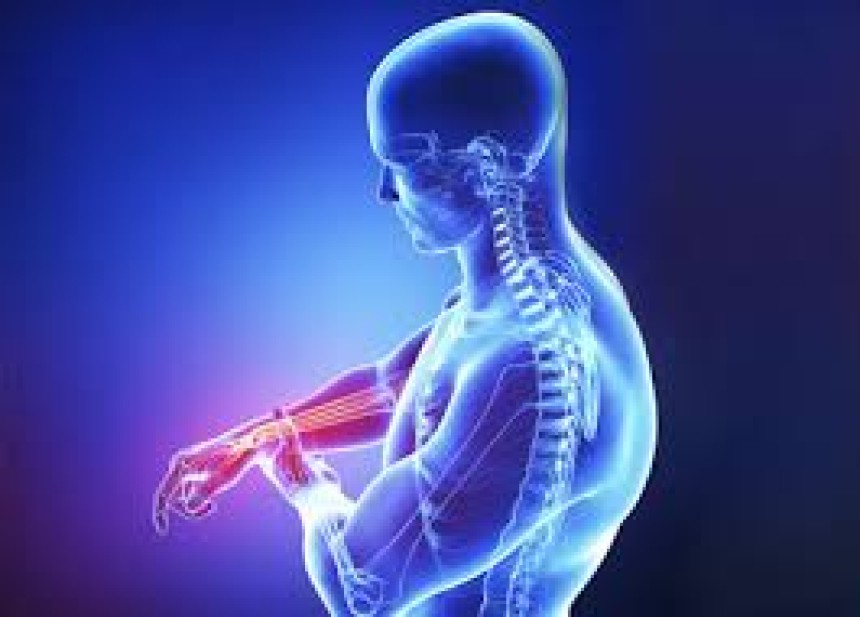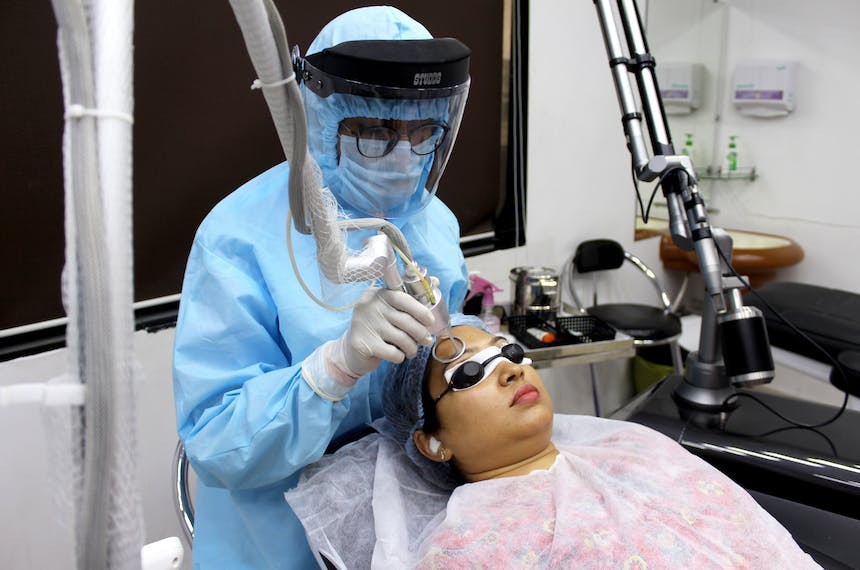
Multifocal motor neuropathy
Multifocal motor neuropathy (MMN) is a rare, slowly progressive disease characterized by asymmetric weakness and atrophy, predominantly in the arms and hands, without sensory loss. Often associated with anti-GM1 antibodies, MMN leads to disability if untreated. Treatment primarily involves intravenous immune globulin (IVIG), with maintenance infusions every two to six weeks. Alternatives like cyclophosphamide or rituximab have limited efficacy. Rehabilitation focuses on limb positioning, posture, orthotics, and exercise programs for fatigue management.
Multifocal Motor Neuropathy (MMN)
Multifocal motor neuropathy (MMN), also known as multifocal immune related motor neuropathy with conduction block, is a rare neuropathy characterised by progressive asymmetrical weakness and atrophy without sensory abnormalities. Lower motor neuron signs often present in a bibrachial pattern, producing arm and hand weakness without associated sensory loss. Some cases are associated with anti- GM1 antibodies. MMN is a slowly progressive disease which leads to disability in untreated patients (1, 2)
Treatment for MMN
MMN is treated with intravenous immune globulin (IVIG) (0.4 g/kg, daily for five consecutive days). Maintenance IVIG infusions are typically required every two to six weeks. MMN is generally unresponsive to glucocorticoids or plasma exchange. (3, 4)
Options for Refractory MMN
For patients with severe or progressive disease which is refractory to IVIG therapy, options are limited. They include cyclophosphamide, rituxumab with no proven efficacy as per trial results. (5, 6)
Rehabilitation in MMN
Rehabilitation programs emphasise on proper limb positioning, posture, and orthotics. Additionally, exercise programs may be beneficial for persistent fatigue. (7, 8)
References
1- Chaudhry V. Multifocal motor neuropathy. Semin Neurol. 1998;18(1): 73–81. 3.
2-Nobile-Orazio E, Cappellari A, Priori A. Multifocal motor neuropathy: current concepts and controversies. Muscle Nerve. 2005;31(6): 663–680.
3- Federico P, Zochodne DW, Hahn AF, Brown WF, Feasby TE. Multifocal motor neuropathy improved by IVIg: randomized, double-blind, placebo-controlled study. Neurology. 2000;55(9):1256–1262.
4- Donaghy M, Mills KR, Boniface SJ, et al. Pure motor demyelinating neuropathy: deterioration after steroid treatment and improvement with intravenous immunoglobulin. J Neurol Neurosurg Psychiatry. 1994;57(7):778–783
5- Umapathi T, Hughes RA, Nobile-Orazio E, Léger JM. Immunosuppressant and immunomodulatory treatments for multifocal motor neuropathy. Cochrane Database Syst Rev. 2009;21(1):CD003217.
6- Stieglbauer K, Topakian R, Hinterberger G, Aichner FT. Beneficial effect of rituximab monotherapy in multifocal motor neuropathy. Neuromuscul Disord. 2009;19(7):473–475
7- Kaji R, Bostock H, Kohara N, Murase N, Kimura J, Shibasaki H. Activity-dependent conduction block in multifocal motor neuropathy. Brain. 2000;123(Pt 8):1602–1611.
8- Omoregie E, Chugh A, Lange D. Pain in Multifocal Motor Neuropathy (P01.146). Neurology. 2013;80(Meeting Abstracts 1):P01.146. 86.





